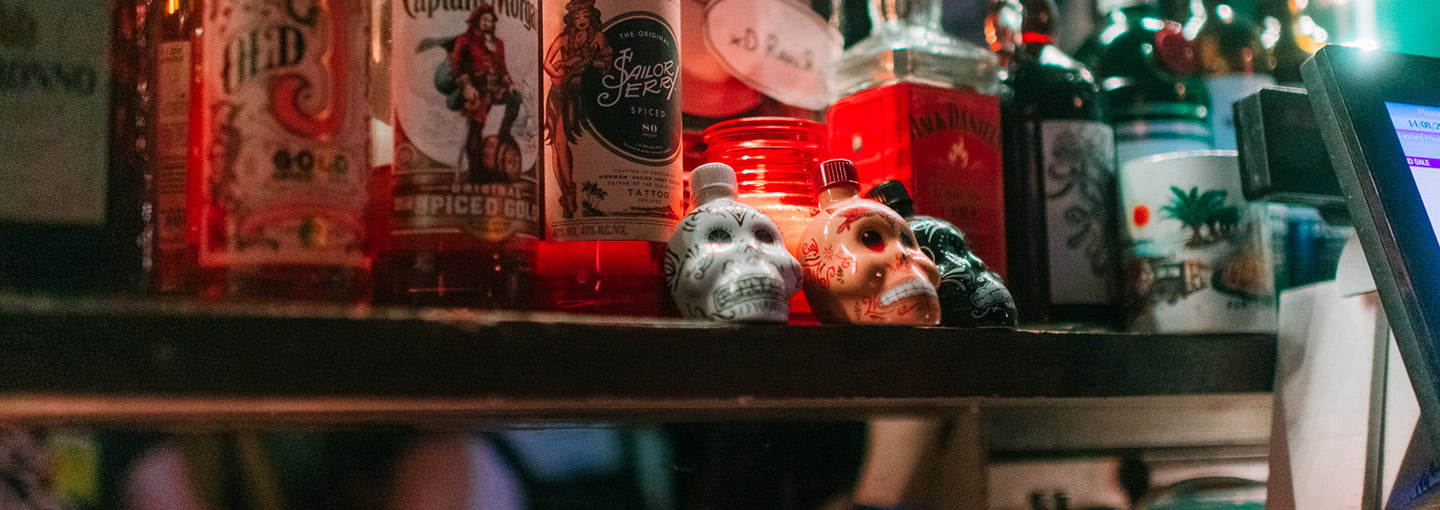PART ONE – WHAT IS AGAVE?
Here at Verve, we love to party and we don’t take ourselves too seriously. Two things we do take very seriously however are Tequila and mezcal; two of everyone’s favourite Mexican spirits and the backbone of many a scintillating beverage.
In this short series of blogs, we will be delving into the history and of these age-old artisan products: how they are made; the key differences between them; and finally, what they bring to our spicy, spiritual and seldom-serious Verve table.
First things first, let’s go back to the roots. The origins. The history-drenched DNA of Tequila and mezcal…
I’m talking of course, about a certain prickly plantae called the agave.
If you enjoy Mexican spirits, then you have likely heard of this spiked specimen. But those more inquisitive drink lovers might find yourselves asking, what actually is it? Well, for starters, and contrary to a popular misconception, Agave is NOT a cactus. Although it may look like the love child of an aloe vera plant and a cactus, it is actually a succulent from the lovely lily family –some plant-based Jerry Springer-esque contention there…

Indigenous people have utilized agave for thousands of years for food, medicine, fibre, and fuel. Today, it is still widely used for these purposes, as well as for producing our beloved alcoholic beverages and sweeteners. Like mole poblano, Mariachi bands and Salma Hayek, the agave plant – and its 270 different species – is proudly native to the wonderful country of Mexico. It is the heart, or piña (called so due to its resemblance to a pineapple) of the agave which is harvested to make agave spirits such as mezcal or Tequila. The piña usually takes between 7-14 years to fully ripen for harvest, but incredibly, some can take up to 20-40 years!
History time! Long before we partied into the night, sipped fine tequilas or relaxed with a Margarita, alcohol made from the agave plant looked very different… The Aztecs prized a fermented drink known as pulque, which was made with the fermented sap of the agave plant. The milky liquid was so important to Aztec culture that they worshipped two gods known for their relation with alcohol. The first was Mayahuel, the goddess of the maguey (another word for agave), and the second was her handsome husband Patecatl, the god of pulque. Though the first documentation of pulque— etched into stone walls, —appeared around 200 A.D., the drink really caught on centuries later when the Spanish conquistadors arrived, thirsty for conquest (and booze).
While there are multiple theories circulating the realm of alcoholic discourse, a common story for the beginning of agave distillation involves the Spanish invasion and primitive stills. The hard-drinking Spaniards couldn’t be without their brandy for too long, so when supplies began to run low, and they found the local pulque to lack the required strength (ooo!), they made improvised stills with mud and distilled fermented agave, essentially creating what we know today as ‘mezcal’.
So, now we have had a brief beginners guide to the history of agave spirits and an overview of the sacred plant itself, I guess we should take a look at some of the more famous spirits to come out of Mexico and what makes them unique… stay tuned for part two.


